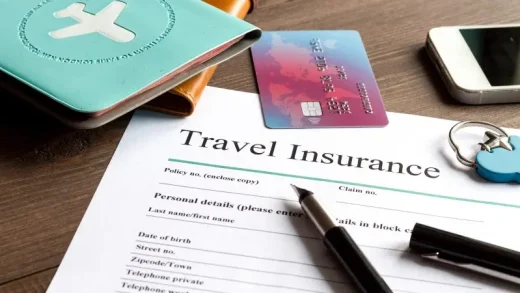For many years, the American Express Blue Cash credit card offered consumers one of the best programs for cash rewards in the industry, especially for those high-income individuals who heavily used their cards throughout the course of a year.
The Blue Cash card had a two-tiered reward structure. For annual spending up to $6,500, cardholders received a premium rebate of 1 percent for purchases made in three special spending categories – grocery stores, gas stations and drug stores – while all other spending was rebated at just 0.5 percent. However, once cardholders reached the $6,500 threshold, the rebates would increase significantly: 5 percent for the special categories and 1.25 percent for all other spending categories.
Those upper-tier rewards made the Blue Cash card a great choice if you could reach the threshold. Even better, unlike many other cash-back credit cards, the Blue Cash card did not cap the size of the reward in a given year – a consumer’s rebate would be limited solely by the amount of spending on the card.
Of course, times change quickly in the competitive credit card industry, and American Express was forced to adapt. Over the years, a plethora of new credit cards that offered rewards hit the market, and the Blue Cash card was starting to show its age. For instance, the Chase Freedom card allowed consumers to immediately save 5 percent in certain spending categories that changed on a quarterly basis – there was no spending threshold to meet in order to receive that high rebate.
For low-income and middle-class consumers who did not have the income to spend many thousands of dollars per year, the Chase Freedom card and others like it were very attractive offers. These cards did not cater to the wealthy, which seemed to be the core demographic for American Express.
Last year, however, American Express aimed to change that image by completely remodeling their Blue Cash rewards program. The original Blue Cash card was scrapped in favor of two new cards: the Blue Cash Everyday card and the Blue Cash Preferred card.
Both cards eliminate the two-tiered reward structure that made the original Blue Cash card slightly confusing for cardholders. Instead, the new credit cards offer a rebate that is not affected by spending levels, which greatly simplifies the process of calculating rewards.
The Blue Cash Everyday card targets consumers who do not charge a lot on their credit cards. This card offers a 3 percent rebate at grocery stores, a 2 percent rebate at gas stations and department stores, and a 1 percent rebate everywhere else. Meanwhile, the Blue Cash Preferred card would be the optimal choice for big spenders: 6 percent rebates at grocery stores, 3 percent rebates at gas stations and department stores, and the same 1 percent rebate on all other purchases.
However, there is one difference that complicates the choice between the two cards: The Blue Cash Everyday card is free, but the Blue Cash Preferred card comes with a $75 annual fee. For the additional cash-back rebates on the Blue Cash Preferred card to be profitable for cardholders, they would have to spend enough at grocery stores and gas stations to overcome that fixed annual fee.







